Africa Addio
7.6 /10 2 Votes
Duration | 7/10 IMDb Genre Documentary, Horror Language Italian | |||||||||||||||||||||||||||||||||
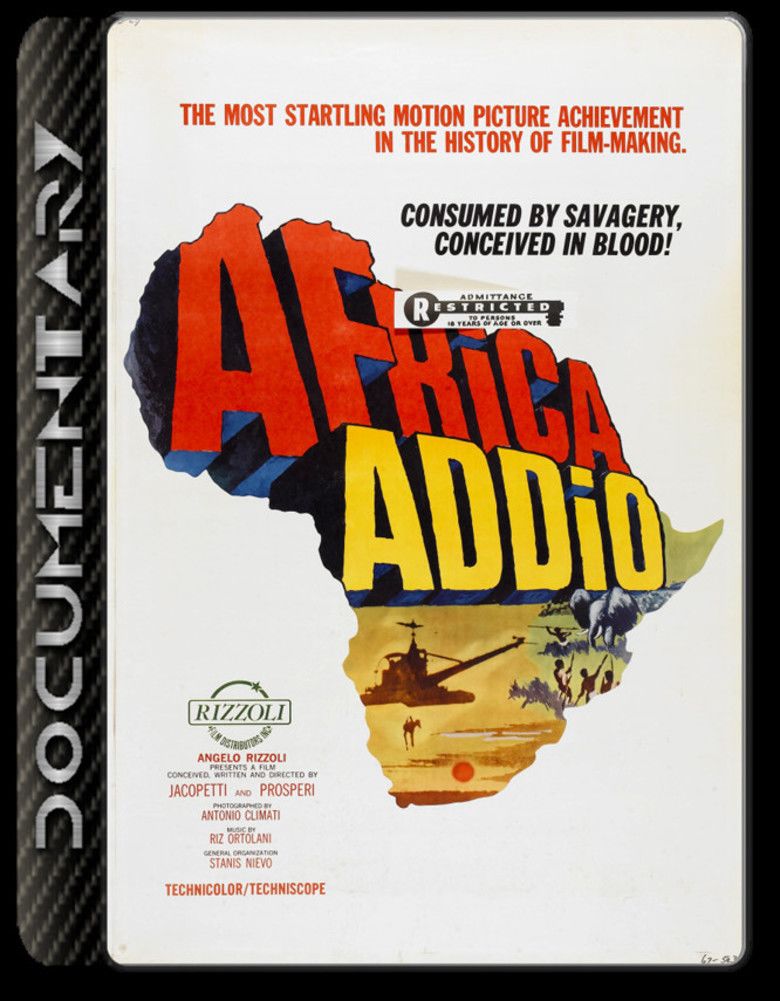 | ||||||||||||||||||||||||||||||||||
Director Gualtiero JacopettiFranco Prosperi Release date 1966 Cast Sergio Rossi , Moise Tshombe , Julius Nyerere Tagline You May LOVE It! You May HATE It! But You'll Not FORGET It! Similar Goodbye Uncle Tom , Mondo Cane , Women of the World | ||||||||||||||||||||||||||||||||||
Africa addio subtitulado espan ol youtube
Africa Addio is a 1966 Italian documentary about the end of the colonial era in Africa. The film was released in a shorter format under the names Africa Blood and Guts in the United States and Farewell Africa on UK VHS. The film was shot over a period of three years by Gualtiero Jacopetti and Franco Prosperi, two Italian filmmakers who had gained fame (along with co-director Paolo Cavara) as the directors of Mondo Cane in 1962. This film ensured the viability of the so-called Mondo film genre, a cycle of "shockumentaries"- documentaries featuring sensational topics, a description which largely characterizes Africa Addio.
Contents
- Africa addio subtitulado espan ol youtube
- Africa addio 1966 trailer
- Historical events depicted
- Allegations of staging and inauthenticity
- Different versions
- Running length and film credits
- Reception
- Soundtrack
- Track listing
- References
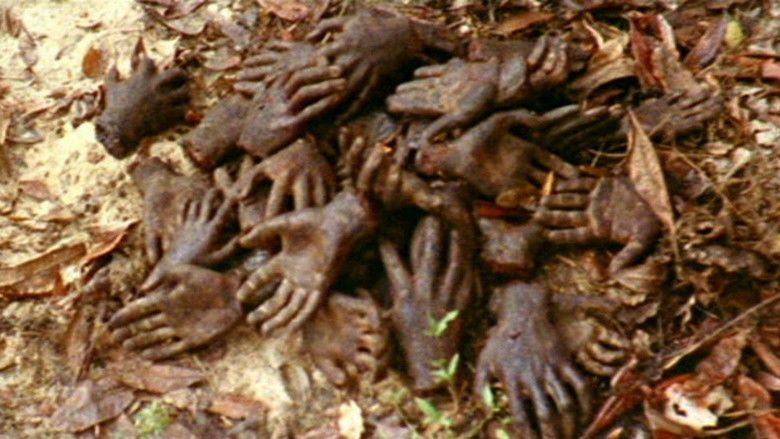
Africa addio 1966 trailer
Historical events depicted
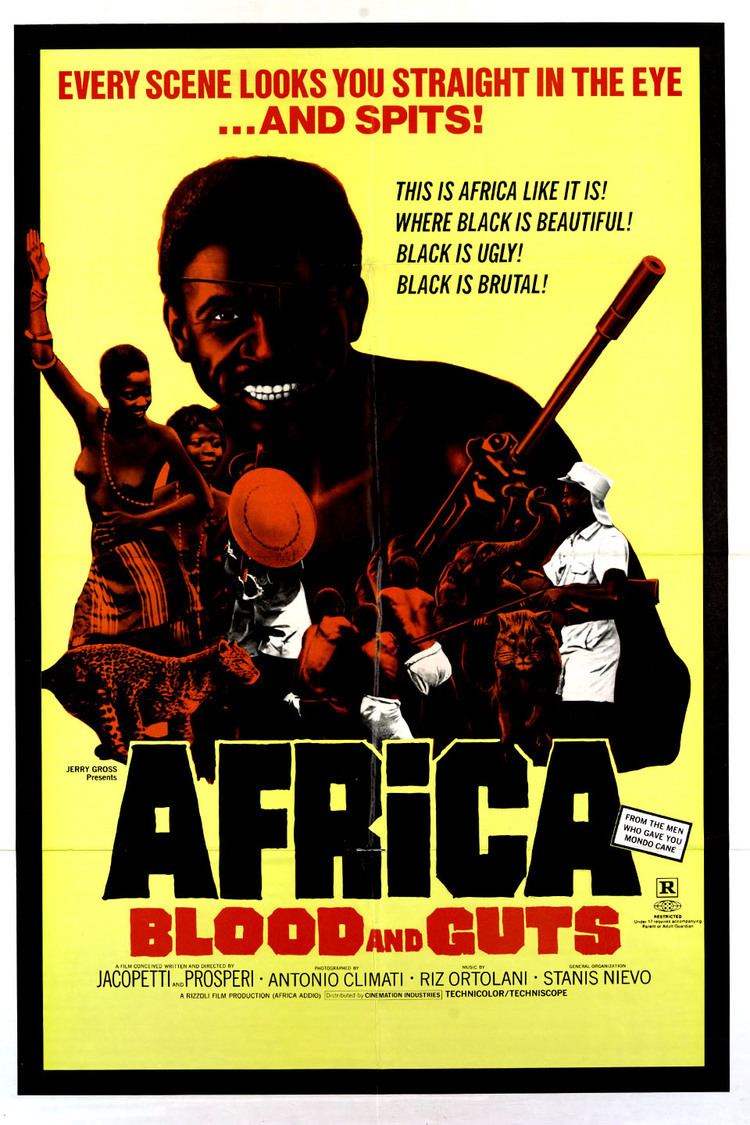
The film includes footage of the Zanzibar Revolution, which included the massacre of approximately 5,000 Arabs in 1964 (estimates range up to 20,000 in the aftermath), as well as of the aftermath of the Mau Mau Uprising in Kenya.
Allegations of staging and inauthenticity

Prior to the film's release, allegations that a scene depicting the execution of a Congolese Simba Rebel had been staged for the camera resulted in co-director Gualtiero Jacopetti's arrest on charges of murder. The film's footage was seized by police, and the editing process was halted during the legal proceedings. He was acquitted after he and co-director Franco Prosperi produced documents proving they had arrived at the scene just before the execution took place.
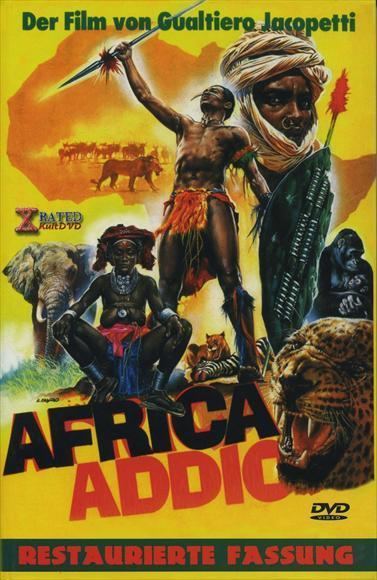
Jacopetti has stated that all images in the film are real and that nothing was ever staged. In the documentary The Godfathers of Mondo, the co-directors stressed that the only scenes they ever staged were in Mondo Cane 2. In the same documentary, Prosperi described their filmmaking philosophy: “Slip in, ask, never pay, never reenact.”
Different versions
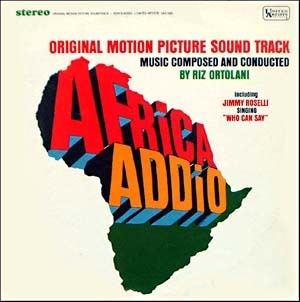
The film has appeared in a number of different versions. The Italian and French versions were edited and were provided with narration by Jacopetti himself. The American version, with the explicitly shocking title Africa: Blood and Guts, was edited and translated without the approval of Jacopetti. Indeed, the differences are such that Jacopetti has called this film a betrayal of the original idea. Notable differences are thus present between the Italian and English-language versions in terms of the text of the film. Many advocates of the film feel that it has unfairly maligned the original intentions of the filmmakers. For example, the subtitled translation of the opening crawl in the Italian version reads:
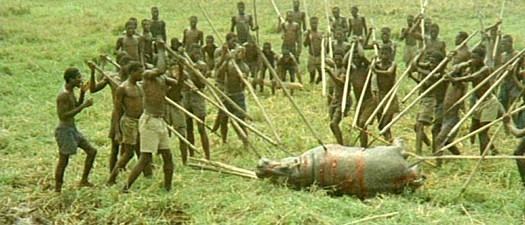

The English version:
"The old Africa has disappeared. Untouched Jungles, huge herds of game, high adventure, the happy hunting ground- those are the dreams of the past. Today there is a new Africa - modern and ambitious. The old Africa died amidst the massacres and devastations we filmed. But revolutions, even for the better, are seldom pretty. America was built over the bones of thousands of pioneers and revolutionary soldiers, hundreds of thousands of Indians, and millions of Bison. The new Africa emerges over the graves of thousands of whites and Arabs, and millions of blacks, and over the bleak boneyards that once were the game reserves."What the camera sees, it films pitilessly, without sympathy, without taking sides. Judging is for you to do, later. This film only says farewell to the old Africa, and gives to the world the pictures of its agony."Running length and film credits
Various cuts of the film have appeared over the years. IMDb lists the total runtime as 140 minutes, and a 'complete' version on YouTube runs closest to that at 138 minutes, 35 seconds. This is an Italian language version, with a clear soundtrack and legible English subtitling.
IMDb lists the different runtimes for previously released versions: USA- 122'; Norway- 124'; and Sweden- 116'. An English-language version currently released by Blue Underground runs 128 minutes. The film was released as Africa Blood and Guts in the USA in 1970, at only 83 minutes (over 45 minutes removed in order to focus exclusively on scenes of carnage); according to the text of the box for the Blue Underground release, directors Jacopetti and Prosperi both disowned this version. An R-rated version runs at 80 minutes.
The documentary was written, directed, and edited jointly by Gualtiero Jacopetti and Franco Prosperi and was narrated by Sergio Rossi (not to be confused with the fashion designer of the same name). It was produced by Angelo Rizzoli.
Reception
Film critic Roger Ebert, in a scathing 1967 review of the (unauthorized) American version of the film, calls it "racist" and claims that it "slanders a continent". He notes the opening narration and subtitles:
"Europe has abandoned her baby," the narrator mourns, "just when it needs her the most." Who has taken over, now that the colonialists have left? The advertising spells it out for us: "Raw, wild, brutal, modern-day savages!"
In West Germany, a protest movement against the film emerged after Africa Addio was awarded by the state-controlled movie rating board (Filmbewertungsstelle Wiesbaden). The protest was chiefly organized by the Socialist German Student Union (SDS) and groups of African students. In West Berlin, the distributor resigned from showing the film after a series of demonstrations and damage to cinemas. Today, the protests against Africa Addio are regarded as being the first anti-racist movement in German history.
Jacopetti and Prosperi responded to the criticism by defending their intentions. In the 2003 documentary The Godfathers of Mondo, Prosperi argues that the criticism was due to the fact that, "The public was not ready for this kind of truth," and Jacopetti explicitly states that the film “was not a justification of colonialism, but a condemnation for leaving the continent in a miserable condition.” The subsequent film collaboration between the two men, Addio Zio Tom, explored the horrors of American racial slavery and was intended (in part) to combat the charges of racism leveled against them following the release of Africa Addio (though it too was criticized for perceived racism, particularly by Ebert).
Soundtrack
A soundtrack of the music used in the film was later released. The composer was Riz Ortolani (who had scored Mondo Cane that featured the tune later used for the hit single More). When making Africa Addio, lyrics were added to Ortolani's title theme, making a song called "Who Can Say?" that was sung by Jimmy Roselli. The song did not appear in the film, but (unlike the successful song More spawned by Mondo Cane) did appear on the United Artists Records soundtrack album.
Track listing
- "Who Can Say?" (sung by Jimmy Roselli) (02:40)
- "Africa addio" (03:24)
- "I mercenari" (02:17)
- "Il massacro di Maidopei" (04:22)
- "Cape Town" (02:02)
- "Prima del diluvio" (03:18)
- "Le ragazze dell'oceano" (03:55)
- "Verso la libertà" (02:40)
- "Paradiso degli animali" (01:58)
- "Il nono giorno" (04:38)
- "Goodbye Mister Turnball" (02:07)
- "Lo zebrino volante" (02:05)
- "La decimazione" (05:26)
- "Finale Africa addio" (02:15)
References
Africa Addio WikipediaAfrica Addio IMDb Africa Addio themoviedb.org
